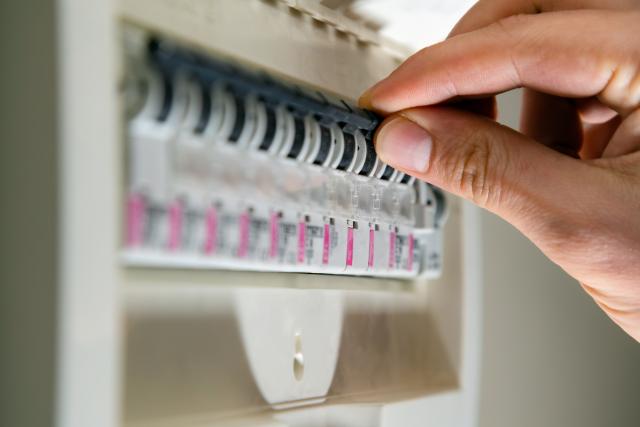Homelessness services are warning of a worst-ever ‘housing crisis’ unfolding in the City of Casey.
According to data by SQM Research, residential vacancy rates in South-East Melbourne are currently sitting at 0.9 per cent – its lowest rate since May 2010.
South East homelessness services provider Wayss says house prices and rentals are on the “fastest growth trajectory on record” across the region and the whole of Victoria.
“This puts even rental properties in our region out of reach for so many people, especially those on low incomes and those who are dependent on government benefits,” its chief executive Wayne Merritt said.
“People end up staying in short term crisis accommodation and other sub-standard living environments because there is simply no other option.”
Manager of trauma and recovery at not-for-profit community organisation Windermere Helen Consta agreed many families in the Casey area are struggling to find ongoing accommodation, with crisis accommodation resources also overwhelmed.
“The evidence for us is that the rental housing stock appears to have decreased and people are reporting open for inspections with 50 to 60 people turning up,” she said.
“What that means is vulnerable people that might be living on benefits go to the bottom of the queue with regard to rental assessments.”
Ms Consta said the economic stress of the Covid pandemic and recent amendments to the Residential Tenancies Act may have caused landlords to sell their rental properties, further tightening the rental market.
Research released by advocacy group Everybody’s Home found rental stress was at 64 per cent in the federal electorate of Bruce, and 63.1 per cent in the Holt electorate.
Executive officer at Casey North Community Information & Support Service Susan Magee said housing stress in the area is the worst she has seen it in 25 years.
“When I first started working here, if someone was homeless generally by the end of the day we would have found them a crisis house. That’s impossible now,” she said.
Ms Magee said more public and social housing is needed to take pressure off the private rental market.
According to 2019 estimations from the City of Casey, there is a shortfall of 5,655 affordable housing dwellings with an unmet need in the City.
Without intervention, the unmet affordable housing would amount to more than 10,200 households by 2041.
City of Casey chair of administrators Noelene Duff said council is continuing to address homelessness and housing stress in the municipality.
“Council will continue its advocacy seeking representation of diverse housing types to meet specific regional needs including crisis accommodation as well as funding for further support for those at risk of homelessness in Casey in the lead up to the State Election,” she said.
The council has made submissions to both the Parliamentary Inquiry into Homelessness, and the Victorian Government’s 10-year Strategy for Social and Affordable Housing to address the shortfall of affordable housing in the area.







